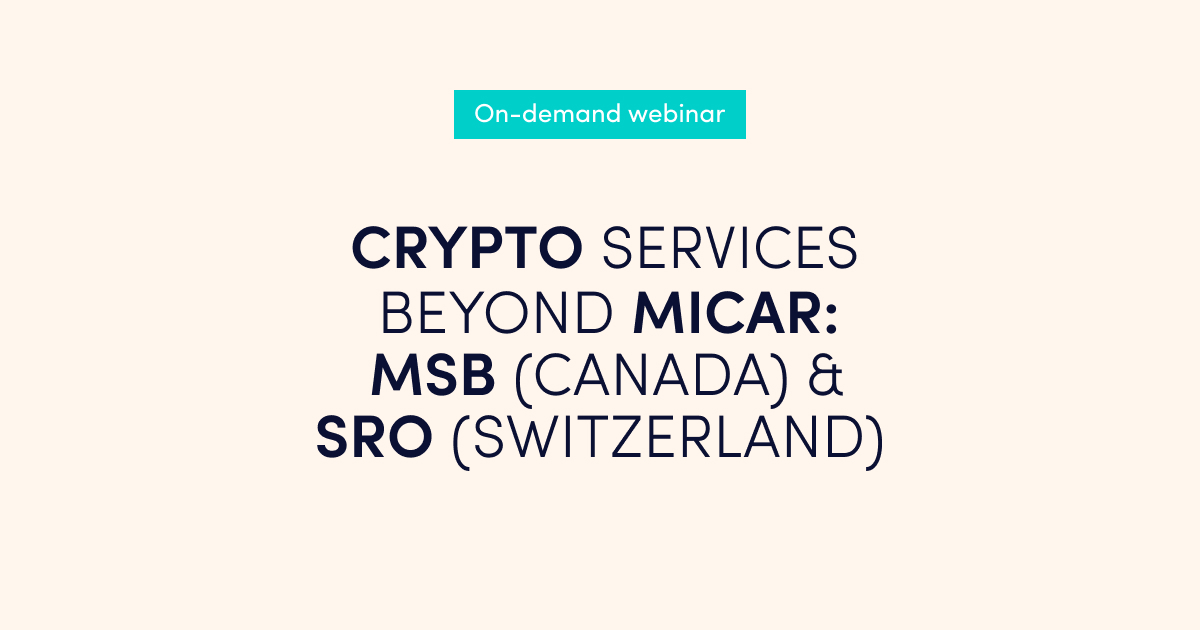The fintech industry has long discussed the debate between custom or in-house core banking software and highly customisable out-of-the-box core banking software. While the notion that custom core banking software outperforms off-the-shelf alternatives is widely acknowledged, the effectiveness of a ready-made solution hinges on its adaptability to the specific requirements of a financial institution. When basic ready core banking software offers minimal room for customisation, opting for a tailored solution may seem imperative. However, the line blurs in highly customisable core banking software, prompting a thoughtful analysis of whether investing time and resources in developing a bespoke solution outweighs the benefits of leveraging a pre-existing system with extensive adaptability. This article explores the nuances of these options to guide financial organisations in making informed decisions tailored to their unique needs.
Let’s examine the advantages of custom core banking software and evaluate how off-the-shelf core banking solutions can align with these advantages, meet the requirements of fintech companies and compete effectively with bespoke in-house alternatives.
Flexibility and Customization
A notable benefit of right core banking software solutions lies in their flexibility. Each business has distinctive requirements, workflows, and processes, and the flexible core banking software allows businesses to customise their software to fit their needs precisely.
Whether custom or off-the-shelf, core banking software should harmonise with the existing workflows of the business, facilitating streamlined operations and heightened productivity. The ideal core banking software should empower businesses to automate processes, optimise operations, and incorporate new features, resulting in improved efficiency and a competitive edge.
Advantages of custom or in-house core banking software
Developing flexible software ensures substantial adaptability and customisation. Financial institutions can benefit from the freedom to choose features, integrations, and user interfaces that align with their operational needs. Before the development process, financial companies should create a comprehensive list of required functionalities and establish a flexible system capable of accommodating future changes.
Drawbacks of custom or in-house core banking software
At the outset or during the initial stages of development, it may not always be feasible to create a definitive list of required functionalities. Specific needs for functionality may arise later in the development process or even after project completion, necessitating future remodifications to the system. Additionally, there is a risk of overlooking crucial functionality; incorporating it later could prove costly or, in some cases, impossible.
Achieving Maximum Flexibility and Customization with Out-of-the-Box core banking Solutions
Utilising highly customisable ready core banking software, such as Macrobank by Advapay, enables financial institutions to tailor the software to their specific needs and processes. This includes adding new features, integrations, and payment service providers, modifying workflows, and even undertaking additional custom development, such as incorporating entirely new products (for which financial institutions can acquire source codes). This implies that you can obtain a core banking solution fully tailored to your company more quickly and cost-effectively.
Scalability
Scalability linked to a system’s capacity for growth encompasses expansion, contraction, and diversification. In the context of a core banking software product, scalability involves ensuring smooth operation as user numbers or transaction volumes increase. These volume increases pose common challenges, such as potential performance bottlenecks affecting efficiency and scalability issues. The heightened usage of the product results in increased user load and traffic, necessitating effective management. Furthermore, databases and data storage systems must adeptly handle the expanding volume of information.
For burgeoning businesses, scalability serves as a crucial element. As the fintech business expands, the demand for scalable core banking software undergoes exponential growth. Designing custom and off-the-shelf software with scalability in mind empowers businesses to evolve and expand seamlessly, free from technological constraints.
Many pre-built core banking systems are developed with scalability in mind, offering workload scalability, cloud scalability, and database scaling. These solutions support various types of fintech companies’ scaling, including geographic expansion, product line diversification, client base growth, and increased transaction volume. The scaling process often involves upgrading to higher-tier packages or transitioning to a different solution.
Integration Capabilities
The integration of core banking solutions is a critical aspect of delivering comprehensive services. These integrations are pivotal in connecting the core banking system to various financial services, including safeguarding accounts, issuing cards, facilitating diverse payment methods, currency exchange, implementing AML/KYC services and others. Without these integrations, the proper functioning of the system becomes impossible.
Integration Capabilities of Custom or In-house Core Banking Software
Custom core banking software boasts seamless integration with existing systems, applications, and third-party tools. This ensures the establishment of a cohesive and integrated technology ecosystem within the financial institution.
Integration Capabilities of Out-of-the-Box Core Banking Software
For instance, the Macrobank core banking software by Advapay provides pre-defined and popular integrations, significantly reducing implementation time. Fintech companies can incorporate new integrations at the initial stage or start the project during the project, minimising disruptions to operations and business activities.
Cost Considerations
The cost aspect holds significant importance when determining the most suitable core banking software. Initial high costs don’t necessarily translate to a high final expense. Conversely, low initial costs may not guarantee overall affordability. Therefore, before embarking on a software project, it is crucial to establish a comprehensive budget, ensuring all major expenses are considered. Oversight in budgeting can lead to unforeseen expenses down the line. Beyond primary development costs, consider costs for additional developments, customisation, integration, software updates, system hosting, and others.
Costs of Custom or In-house Core Banking Software
Creating custom core banking software usually involves higher initial development expenses. Did you know many projects often exceed their initial software cost estimates post-launch? This additional investment typically arises for three reasons: refining the software to better align with stakeholders’ needs, modernisation, and implementing enhanced security measures.
Developing custom core banking software demands careful consideration, as the initial budget may double. Even good planning and professional IT resources cannot protect you from these additional costs. Factors contributing to this increase include an incomplete list of requirements, escalating human resource costs, the necessity for additional staff or replacements, challenges in core banking system functionality, and unforeseen modifications. The loss of highly qualified human resources may also result in project downtime.
Costs of Out-of-the-Box Core Banking Software
On the contrary, the costs of out-of-the-box core banking solution is much more predictable. The budget calculation for ready-made solutions tends to be more accurate, with clear pricing for the base product, and additional enhancements can be calculated separately. For example, depending on the package, Core banking software Macrobank offers 100-300 free man-hours for customisation.
Out-of-the-box core banking solutions come with various cost structures, including Software as a Service (SaaS) with a monthly fee or setup fee and a monthly fee, software licenses with setup fees, and Service Level Agreement (SLA) payments or purchasing source codes. Customisation, integration, software updates, system hosting, and other expenses should also be considered. The software vendor may cover hosting support and updates under a monthly fee (SaaS fee or License Agreement), alleviating the need for in-house IT specialists as the software vendor provides the entire service.
Upgrade and Maintenance
Regular software updates are crucial to maintaining the optimal functionality of a platform. Without consistent maintenance, issues accumulate, leading to a platform that becomes progressively less efficient and challenging to navigate. If neglected for an extended period, the software might even reach a point where it becomes inoperable. Delaying updates and maintenance on a software platform increases its complexity from a developer’s standpoint.
Upgrade and Maintenance of Custom or In-house Core Banking Software
On one hand, it gives the financial institution control over updates and maintenance schedules, allowing for customisation without disrupting the entire system.
When strategizing for custom software, companies must account for the expenses associated with software maintenance. Annual security maintenance, modernisation maintenance, and optional development costs may surpass 20% per year of the total investment in developing a custom core banking solution. This represents the minimum budget for annual maintenance, assuming no significant changes or improvements are being made.
Upgrade and Maintenance of Out-of-the-Box Core Banking Software
Upgrades and maintenance are typically standardised, and institutions must follow the schedule set by the provider.
From a cost standpoint, the maintenance and updates offered by the core banking software provider become more predictable and transparent. Anticipating expenses in advance is possible, as regular updates are mostly encompassed in the monthly fee for SaaS software or included in the Software License Agreement for traditional software licenses.
Tailored to Specific Needs
Tailoring Custom or In-house Core Banking Software
Crafted to address a particular financial institution’s distinct requirements and workflows, custom software is intended to seamlessly integrate into existing processes and align with the organisation’s unique business model. However, considering the future, questions arise about its adaptability. As customer needs, regulatory requirements and company objectives evolve, will this software be equipped to meet the changing landscape? The answer hinges on the software’s core flexibility. While financial institutions can develop a perfect product for their existing needs, the solution’s effectiveness for future needs depends on software architecture, scalability, and flexibility.
Tailoring Out-of-the-Box Core Banking Software
Equipped with pre-defined features and functionalities, out-of-the-box core banking software may not perfectly align with the specific needs of every institution. While it provides a foundational framework, institutions might need to adjust software to fit their processes, business needs or regulatory requirements. Once again, the key considerations revolve around software flexibility, scalability, and architecture. If the software allows for virtually all necessary modifications, one may question the rationale of investing years and substantial resources in custom development when a tailored out-of-the-box product could be achieved faster and at a lower cost.
Proof of concept – proven solution in operational realities
A solution crafted with meticulously formulated and clear requirements, programmed, and tested using best practices does not guarantee its success in actual operations. The period from the go-live phase until the system functions uninterruptedly and correctly can extend over several years. Only over an extended duration will various hidden defects or system flaws become apparent and impossible to identify or test during the development stage.
When dealing with custom or in-house core banking software, you are presented with an uncertain and unproven solution without any operational track record. Understanding its performance in reality becomes a mere conjecture. Implementation and go-live of custom core banking software involves the inherent risk linked to untested solutions in practical scenarios. In-house developments may lack the reliability of battle-tested experience, introducing a palpable risk that outcomes might deviate from the intended course, demanding a vigilant consideration of potential pitfalls.
Following the go-live phase, the system’s configuration may still exhibit inadequacies. In reality, go-live does not signify flawless operation at 100%, but rather the functionality of core components. System bugs may manifest, including those that only surface in particular circumstances, eluding detection for 1-2 years. Inadequate consideration of system functionality, resulting in the need for additional developments, insufficient testing leading to errors, or poorly designed user experiences causing inconvenience for users—all of these issues must be addressed and resolved after going live.
While qualitative testing of functionality with real-live scenarios, incorporating all use cases and test scripts for day-to-day job functions, is valuable, the undeniable truth remains that nothing scrutinises your new system or upgrade as effectively as actual operations over an extended period. It’s when the rubber hits the road.
In contrast, pre-packaged core banking software boasts a well-established track record, having successfully undergone implementation across various projects and gaining regulatory approval. This software has been employed in diverse projects and has undergone rigorous testing in actual operations. While introducing additional developments and customisations to a ready-made core banking software may lead to occasional bugs and system flaws, the associated risks are significantly lower when compared to the uncertainties inherent in custom development.
In summary, choosing between custom banking software and an out-of-the-box core banking solution depends on the financial institution’s specific needs, priorities, and long-term goals. While custom solutions offer a tailored approach, out-of-the-box solutions provide a more standardised and quicker implementation option. The decision ultimately hinges on time-to-market, flexibility and scalability, integration capabilities, and the institution’s budget considerations. Book a call with Advapay team to discuss your project!








